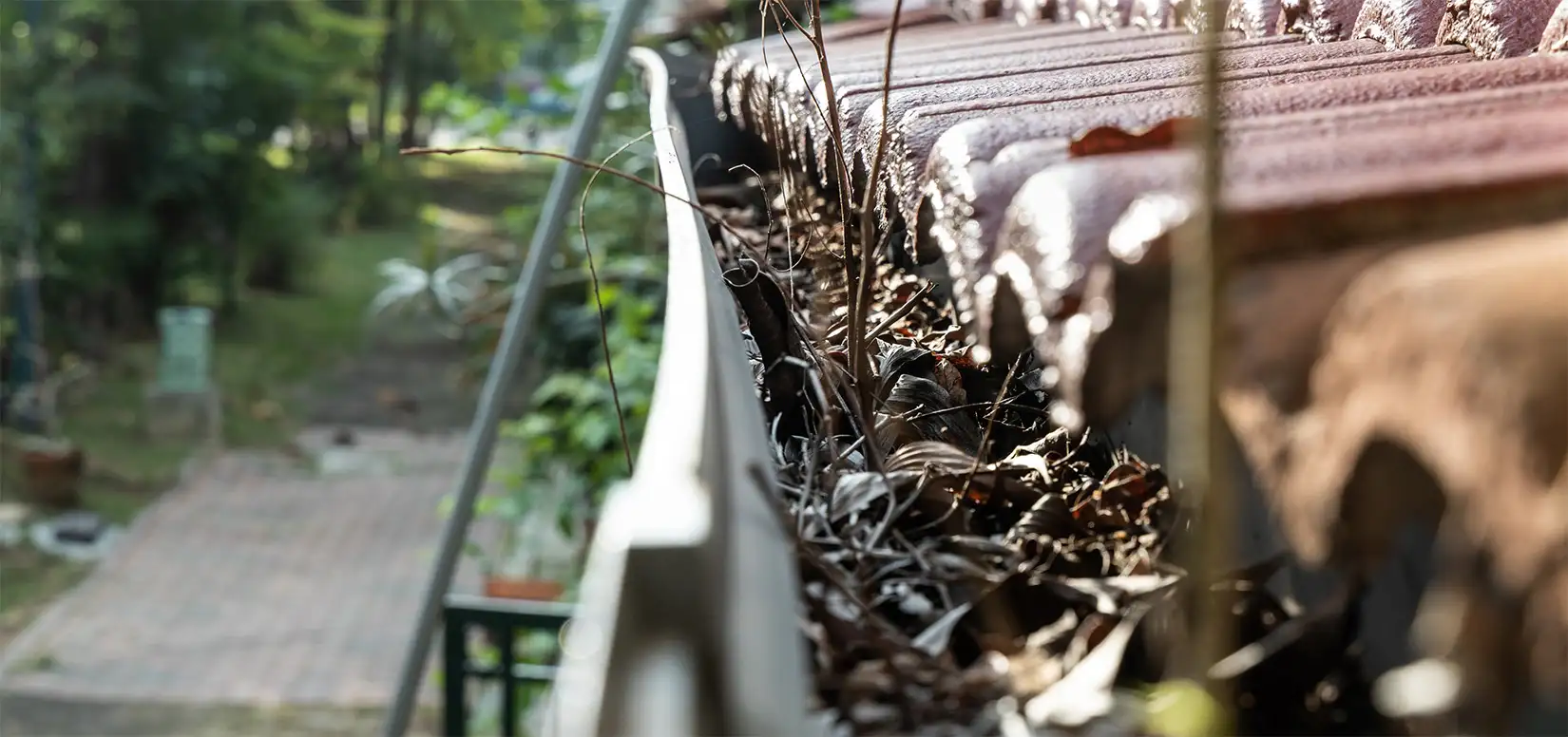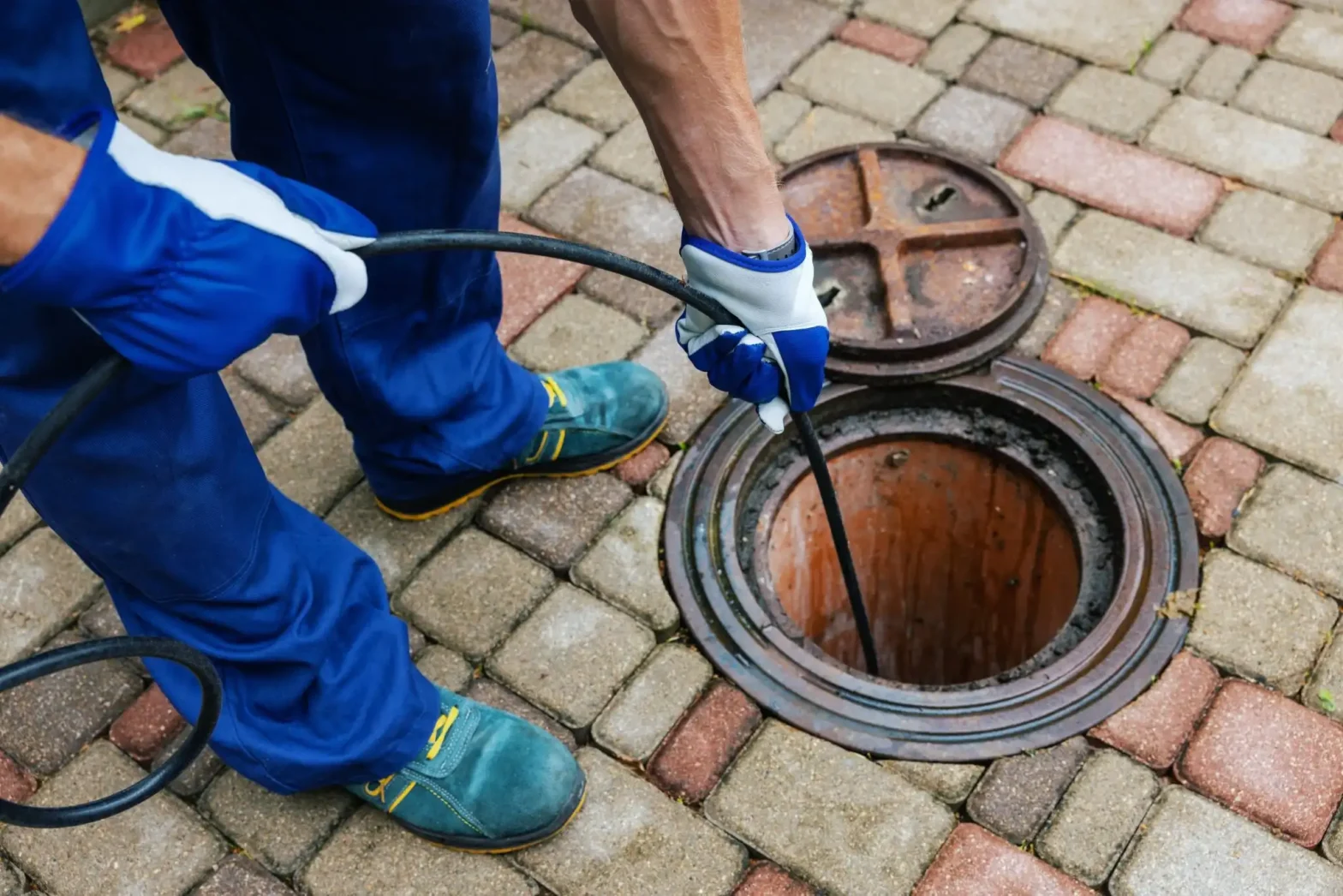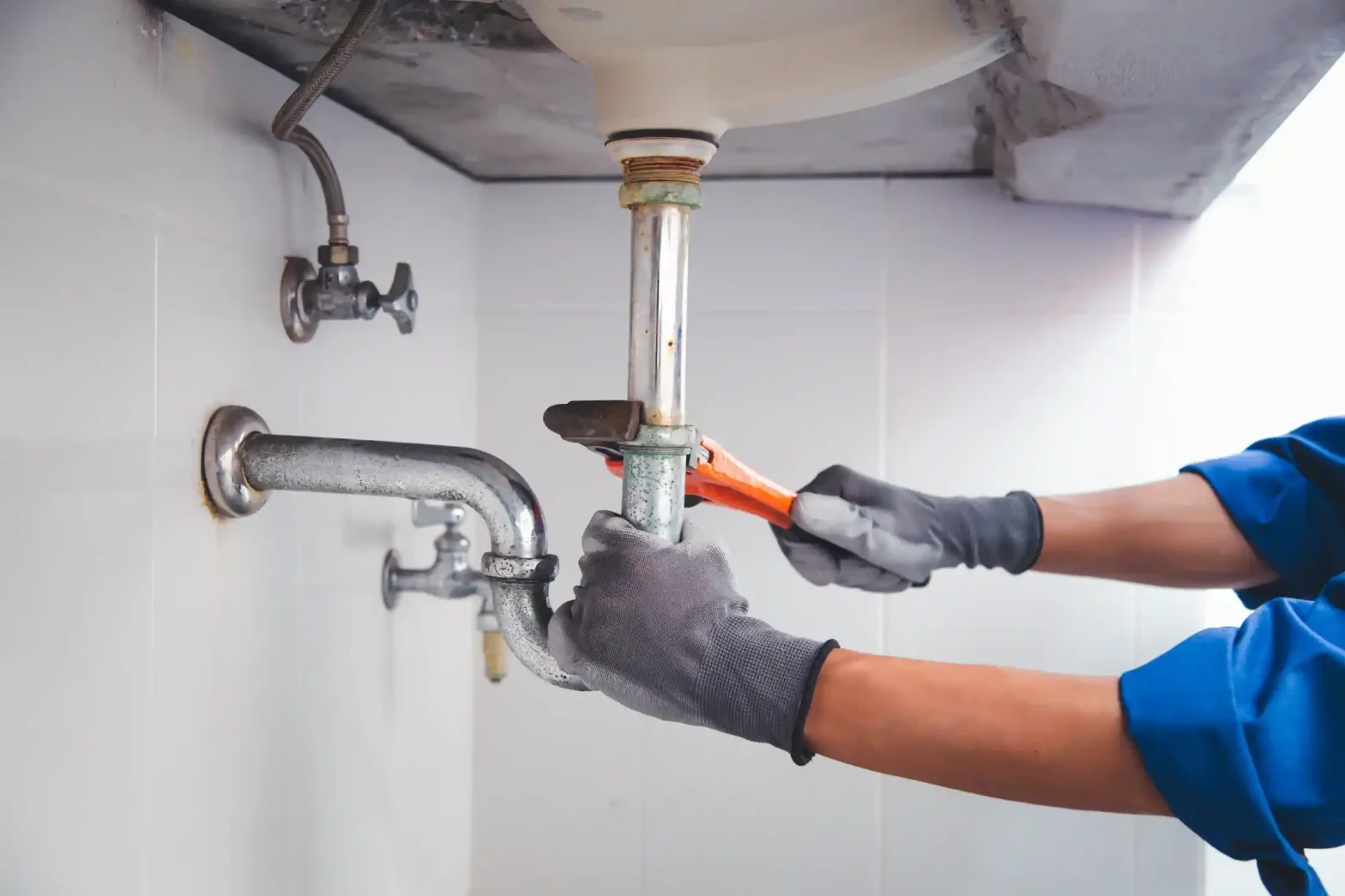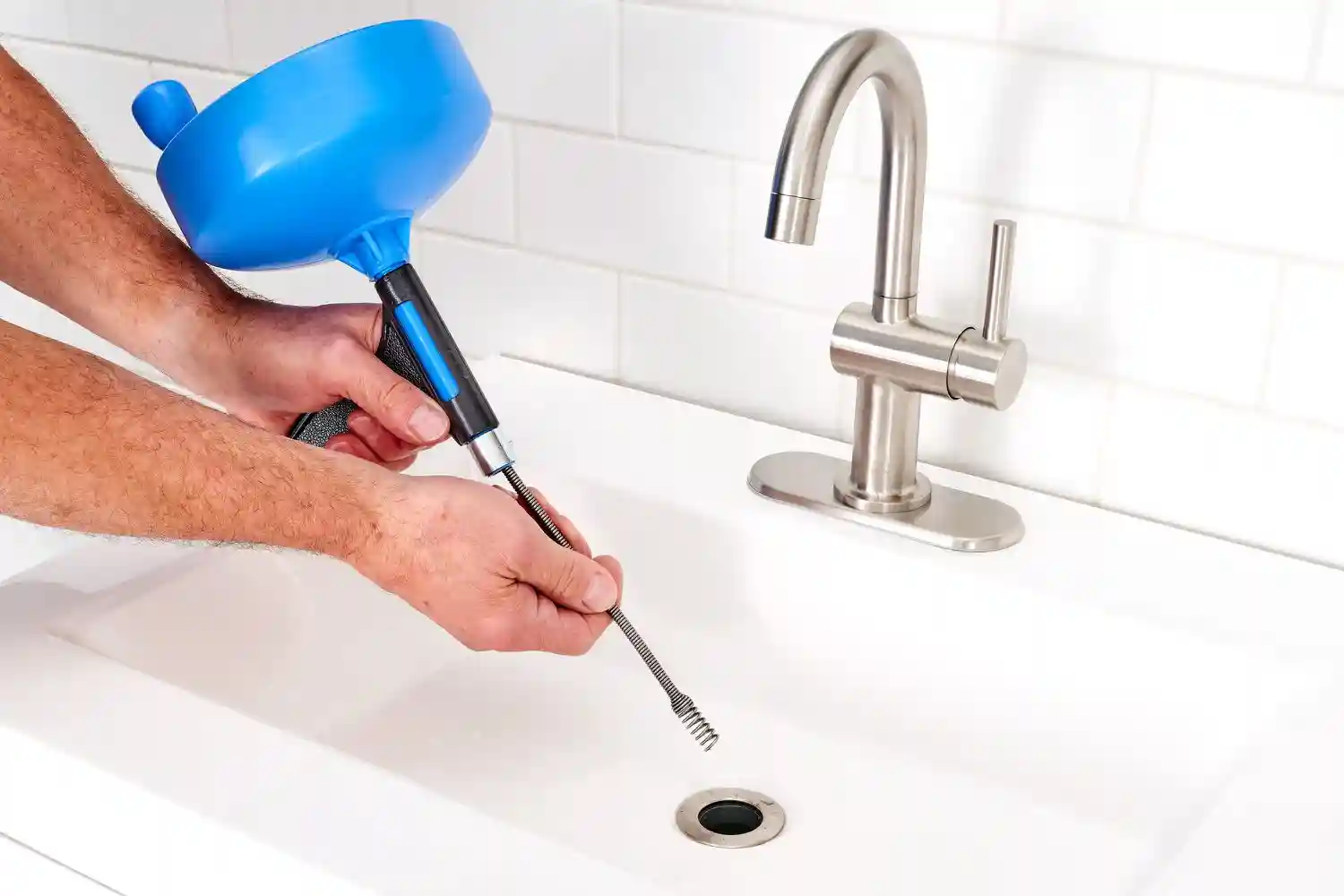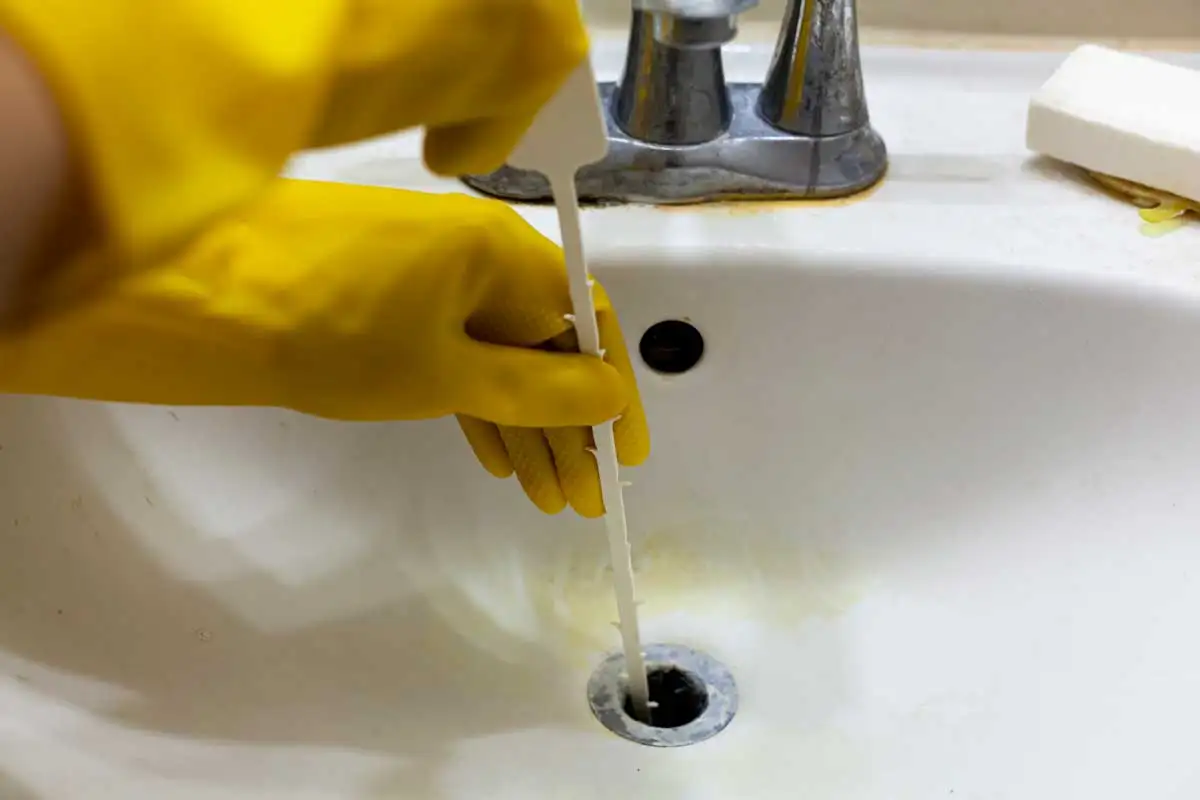Understanding How Weather Changes Affect Your Drains
Every homeowner understands the importance of a well-functioning drainage system for both convenience and the overall health of their property. However, a commonly overlooked factor in maintaining drainage efficiency is the impact of seasonal changes. As weather patterns shift throughout the year, different seasons can create unique challenges for your drains, leading to blockages, flooding, or even severe damage if not properly managed.
Recommended reading: A Plumbing Guide to Keep Your Home Comfortable During the Festive Season
This article explores how seasonal changes can affect drain performance and why it’s essential to be proactive about maintenance.
1. Spring: Rains and Rapid Vegetation Growth
As winter gives way to spring, the combination of melting snow and increased rainfall presents immediate concerns for drainage systems. The sudden influx of water can overwhelm drains, especially in areas prone to heavy spring showers. If the ground is still partially frozen, it may not be able to absorb the water quickly, leading to runoff and localized flooding. Homeowners in regions like the Midwest, where snowmelt and spring rain coincide, often face this issue. Improperly maintained drains can exacerbate flooding risks, as clogged gutters and downspouts struggle to direct water away from the home.
Spring also marks the season of growth. Tree roots, drawn to the moisture in the soil, can extend towards underground pipes. Once they infiltrate a pipe, roots can cause cracks, blockages, or even break the pipe entirely. This root intrusion can lead to significant drain blockages, requiring professional intervention to clear and repair the damage.
2. Summer: Heat and Dry Conditions
Summer brings its own set of challenges for drainage systems, particularly in areas that experience extreme heat and extended dry periods. As the ground becomes baked and hardened by the sun, it loses its ability to absorb water efficiently. When the rains do come after a dry spell, the hardened soil can lead to surface runoff, as it struggles to soak up the water. This runoff can result in pooling and flooding around homes, particularly in areas with poor grading or inadequate drainage.
Another common summer issue is the accumulation of debris in drains. In regions with low summer rainfall, drains may not get flushed out regularly, allowing leaves, dirt, and other materials to build up inside. This buildup can cause blockages when the first rains of the season arrive.
3. Fall: Leaves and Debris
Autumn is known for its falling leaves, but what many homeowners may not realize is how much of an impact they can have on drainage. Leaves, twigs, and other debris can easily clog gutters, downspouts, and street drains, leading to water backups and potential flooding. In areas with abundant foliage, such as the Northeast, the combination of beautiful fall colors and clogged drains is a regular occurrence.
Even a small amount of leaf buildup in your gutters can prevent water from flowing properly, causing it to pool around your home’s foundation. Over time, this can lead to damage not only to your drainage system but also to your home’s structural integrity. Regular gutter cleaning throughout the fall season is critical to prevent blockages.
4. Winter: Freezing Temperatures and Thaw Cycles
Winter is arguably the harshest season for drainage systems, especially in regions that experience freezing temperatures. When water inside your pipes freezes, it expands, which can cause pipes to crack or burst. This is particularly common in uninsulated or exposed pipes. Once a pipe bursts, it can lead to significant water damage and expensive repairs.
Recommended reading: Winter Plumbing Guide: Complete Tips for Winterizing Your Home
Apart from the dangers of burst pipes, the freezing and thawing cycle can affect drainage in other ways. As snow accumulates around your home, it can block drains, preventing water from flowing away. When the snow melts, there can be a sudden surge of water that overwhelms your drainage system, increasing the risk of localized flooding. If the ground is frozen, the water has nowhere to go, worsening the problem.
Be Proactive About Drain Maintenance
Each season brings different challenges for your home’s drainage system. By understanding these seasonal impacts, you can take proactive measures to maintain your drains and prevent costly repairs. Here are a few tips:
- Spring: Clear gutters and inspect for root intrusion in underground pipes.
- Summer: Regularly check for debris buildup in drains and ensure your yard is properly graded for runoff.
- Fall: Clean leaves and debris from gutters and install gutter guards if necessary.
- Winter: Insulate exposed pipes and ensure drainage areas are clear of snow and ice.
FAQ
Q: How often should I have my drains inspected?
A: It’s recommended to inspect your drains at least twice a year—once in spring to prepare for heavy rains and tree root growth, and once in fall to clear out leaves and debris.
Q: Can weather changes really damage my plumbing system?
A: Yes, extreme temperatures, tree roots, and heavy rainfall can all lead to damaged or blocked pipes, causing serious issues like leaks, flooding, or burst pipes.
Q: What can I do to prevent my drains from clogging in the fall?
A: Clean your gutters and downspouts regularly, install gutter guards, and consider scheduling a professional drain cleaning to remove any debris before it causes a blockage.
Q: How do I know if tree roots are blocking my drain?
A: Slow drainage, gurgling sounds from your pipes, and frequent clogs may indicate that tree roots have infiltrated your plumbing. A professional inspection can confirm this.
Let All Star Plumbing Help!
If you’re concerned about how seasonal changes might be affecting your drains, All Stars Plumbing is here to assist. Our team of professionals offers comprehensive drain cleaning, maintenance, and repair services to keep your system running smoothly all year long. Contact us today to schedule an inspection or learn more about how we can help protect your home’s drainage system.


